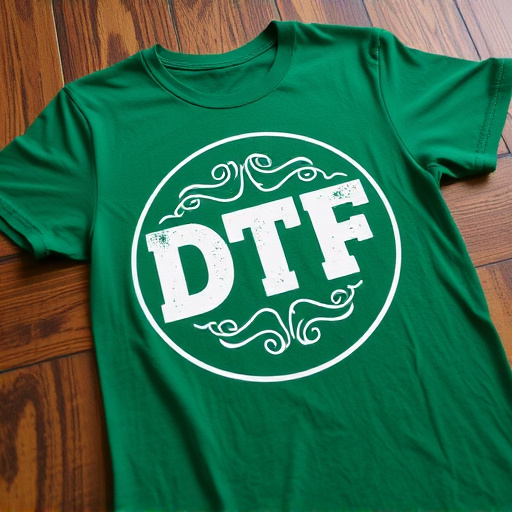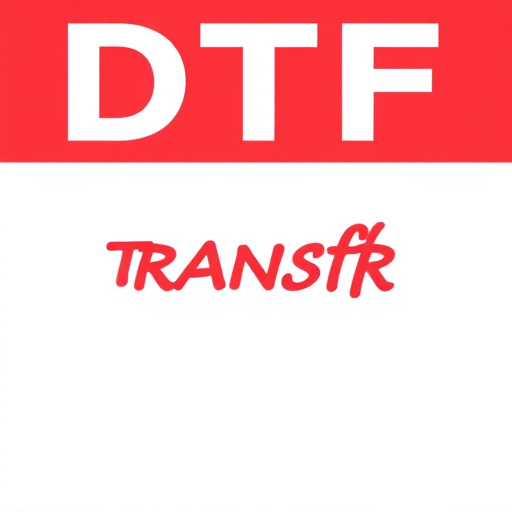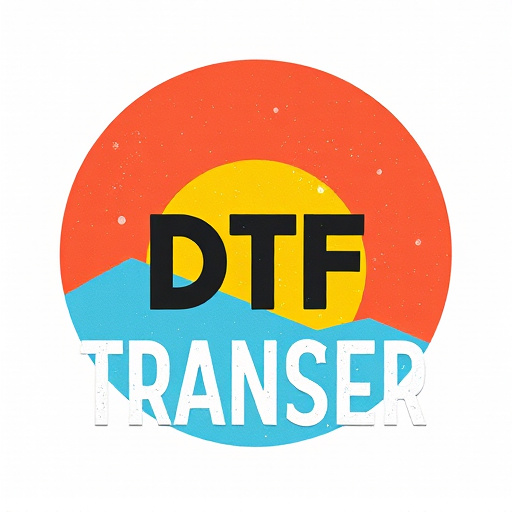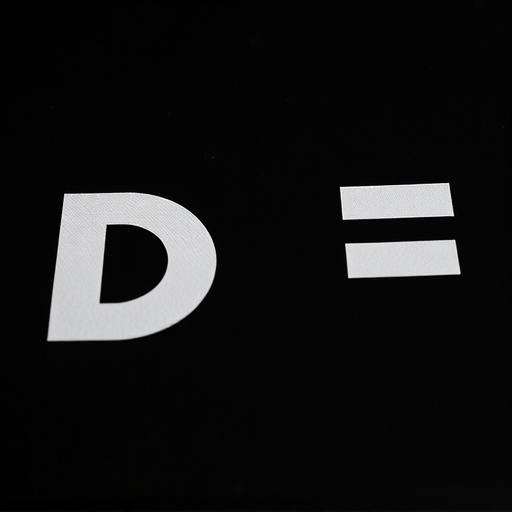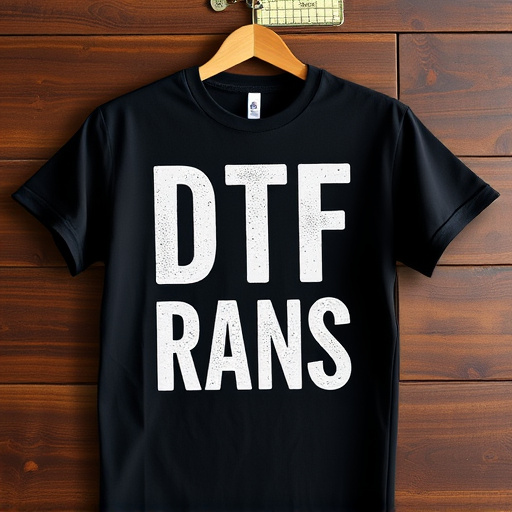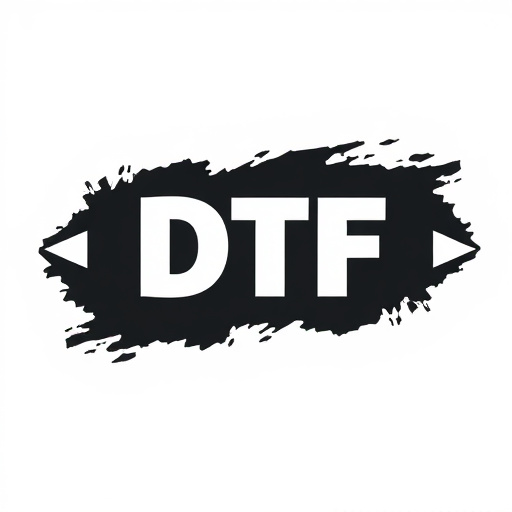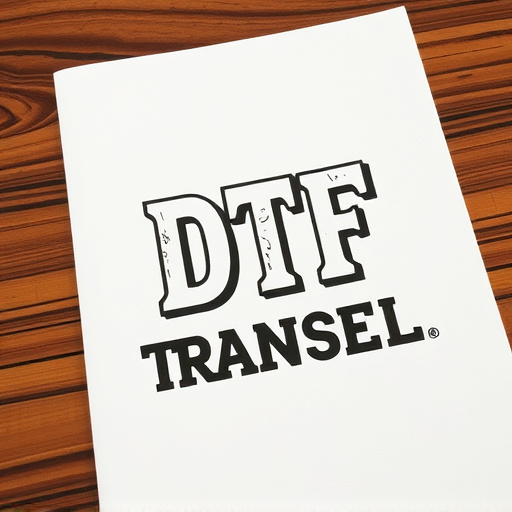Small commercial enterprises in the film industry require efficient, cost-effective digital transfers that preserve cinematic integrity. Digital Theatre Format (DTF) solutions offer versatile, high-quality capabilities, allowing businesses to manage transfers in-house, controlling creative aspects and adhering to budget constraints. While traditional DTF equipment is expensive and specialized, the introduction of Digital Negative (DN) formats like DTF has revolutionized film transfer, providing smaller operations with an efficient, cost-effective method to digitize film content without sacrificing quality. This advances film preservation, facilitates easier access and distribution, and opens new revenue streams through restoration and duplication services.
In today’s digital age, small-scale commercial film operations face unique challenges when it comes to transferring film stock to digital formats. Existing solutions often fail to cater to their specific needs due to limitations in scalability and cost-efficiency. This article explores how Direct to Film (DTF) technology is revolutionizing the industry. We delve into the benefits of DTF, its applications in smaller operations, and future prospects, positioning it as a game-changer for commercial film transfer solutions.
- Understanding Small-Scale Commercial Film Transfer Needs
- Challenges and Limitations of Existing Solutions
- Digital Negative (DN) Format: A Game Changer
- DTF (Direct to Film) Technology: How It Works
- Benefits and Applications in Smaller Operations
- Implementation and Future Prospects for DTF
Understanding Small-Scale Commercial Film Transfer Needs
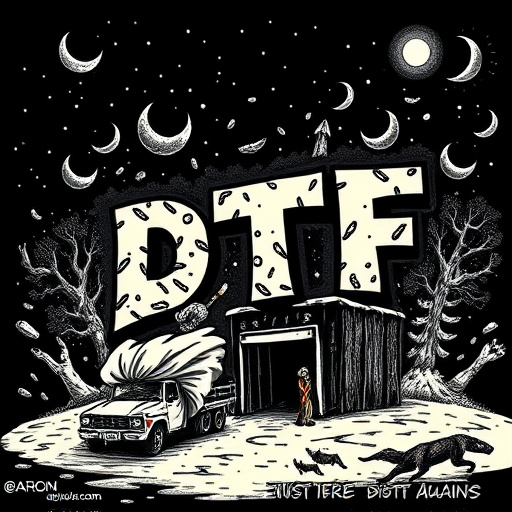
Small-scale commercial operations in the film industry have unique transfer needs that demand efficient, cost-effective solutions. These businesses often require high-quality digital transfers while working with limited budgets and tight deadlines. They need to preserve the cinematic integrity of their films for modern viewing platforms, ensuring a seamless transition from analogue to digital formats.
Digital Theatre (DTF) solutions have emerged as an ideal fit for these smaller operations due to their versatility and advanced capabilities. DTF technology offers a range of benefits, such as accurate colour reproduction, precise frame-by-frame control, and the ability to adapt various film stocks and formats. By leveraging DTF, small commercial enterprises can efficiently manage the film transfer process in-house, maintaining creative control and ensuring timely deliveries without breaking the bank.
Challenges and Limitations of Existing Solutions
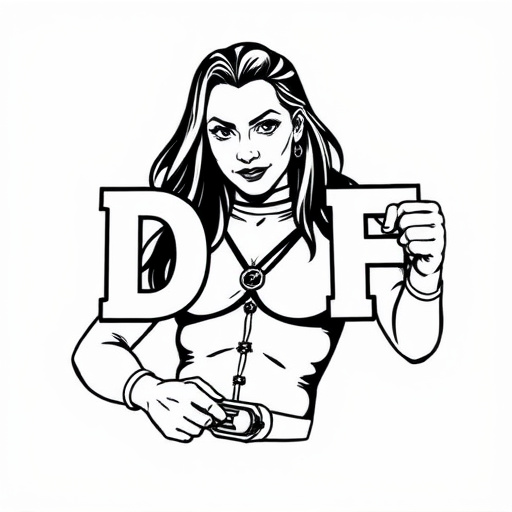
The current landscape of film transfer solutions, while advanced, presents several challenges and limitations for smaller commercial operations. One major hurdle is the cost associated with traditional Digital Theater Format (DTF) equipment and processes, which often require significant capital investment and specialized technical expertise. This can be a barrier for smaller businesses looking to enter the market or upgrade their existing systems.
Additionally, many existing solutions are designed for large-scale operations and may not be as adaptable or cost-effective for smaller-scale projects. The complexity of these processes can lead to longer turnaround times and less flexibility in terms of customization, which is crucial for unique film preservation and restoration needs. As a result, smaller commercial operations often find themselves struggling to access efficient and affordable film transfer services tailored to their specific requirements.
Digital Negative (DN) Format: A Game Changer
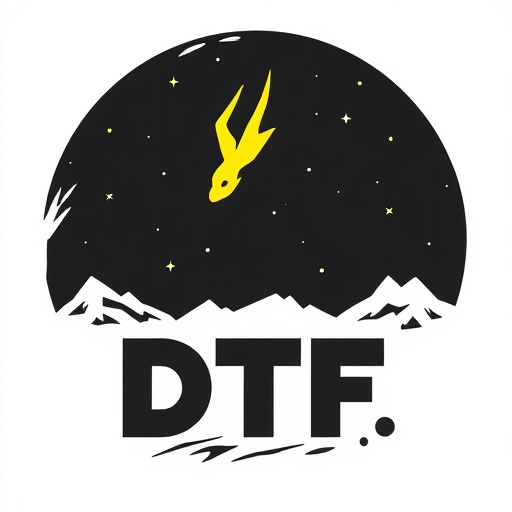
The introduction of Digital Negative (DN) formats, such as DTF (Digital Transmission Format), has revolutionized film transfer solutions. This game-changer offers a significant leap forward for smaller commercial operations, providing an efficient and cost-effective way to digitize film content without compromising quality. DN formats allow for the capture of high-resolution, high-dynamic-range images, ensuring that the intricate details and rich colors of films are preserved in their digital counterparts.
With DTF, film archives and smaller commercial enterprises can now easily convert their analog collections into digital formats, facilitating easier access, storage, and distribution. This not only streamlines post-production processes but also opens up new possibilities for content creators to repurpose and redistribute archival footage, contributing to a more dynamic and diverse media landscape.
DTF (Direct to Film) Technology: How It Works
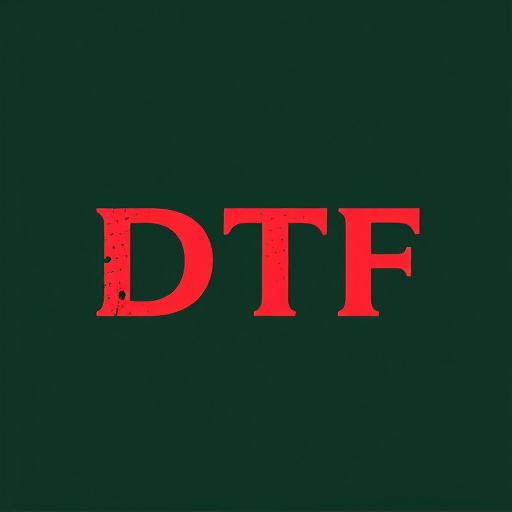
DTF (Direct to Film) technology is a cutting-edge process that allows for high-quality film transfer tailored for smaller commercial operations. Unlike traditional methods, DTF bypasses intermediate stages by applying an image directly onto film stock. This innovative approach streamlines the production process, ensuring precision and preserving the original content’s integrity.
The method involves several key steps. First, a digital file is prepared and optimized for printing. Then, a specialized machine exposes the film stock to light, precisely replicating the digital data. The result is a negative that accurately represents the source material. Finally, positive prints are made from this negative, offering a direct visual representation of the original content, perfect for smaller-scale commercial applications where quality and authenticity are paramount.
Benefits and Applications in Smaller Operations
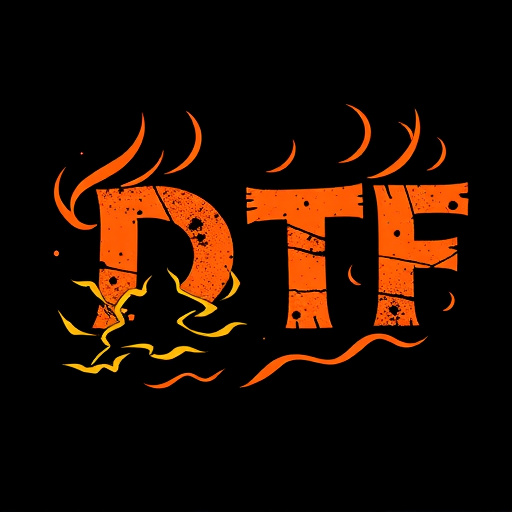
In the realm of film transfer, Digital Transfer Format (DTF) solutions offer smaller commercial operations a cost-effective and efficient way to digitize their film archives. One of the primary benefits is accessibility; DTF allows for easy storage, retrieval, and sharing of films, eliminating the need for clunky physical storage methods and making it simpler to access and preserve historical content. This format also ensures a higher level of quality preservation compared to traditional analog transfers, as digital processes can capture and maintain more intricate details, colors, and textures.
Additionally, DTF streamlines various applications unique to smaller operations. For instance, it enables these businesses to create high-quality duplication or replication services for clients, whether it’s producing limited-edition film prints, restoration projects, or custom-made home video transfers. The format facilitates a seamless workflow, allowing for faster turnaround times and higher production volumes without sacrificing quality. Moreover, DTF opens doors to new revenue streams by catering to the growing demand for vintage and archival films among enthusiasts and scholars.
Implementation and Future Prospects for DTF

The implementation of Direct-to-Film (DTF) technology offers a promising path for smaller commercial operations in the film transfer realm. This innovative process streamlines the conversion of various media formats, such as 35mm negatives and vintage home movies, into high-quality digital files without intermediate steps. DTF’s simplicity and versatility make it accessible to a broader range of businesses, allowing them to cater to diverse customer needs for restoration, preservation, and duplication services.
Looking ahead, the future prospects of DTF are brighter than ever. As technology advances, the process continues to improve in terms of speed, efficiency, and resolution. This evolution enables smaller operations to compete with larger studios while offering unique, high-quality services. Furthermore, the growing demand for film restoration and preservation projects is driving the adoption of DTF, ensuring its relevance and expansion within the industry.


